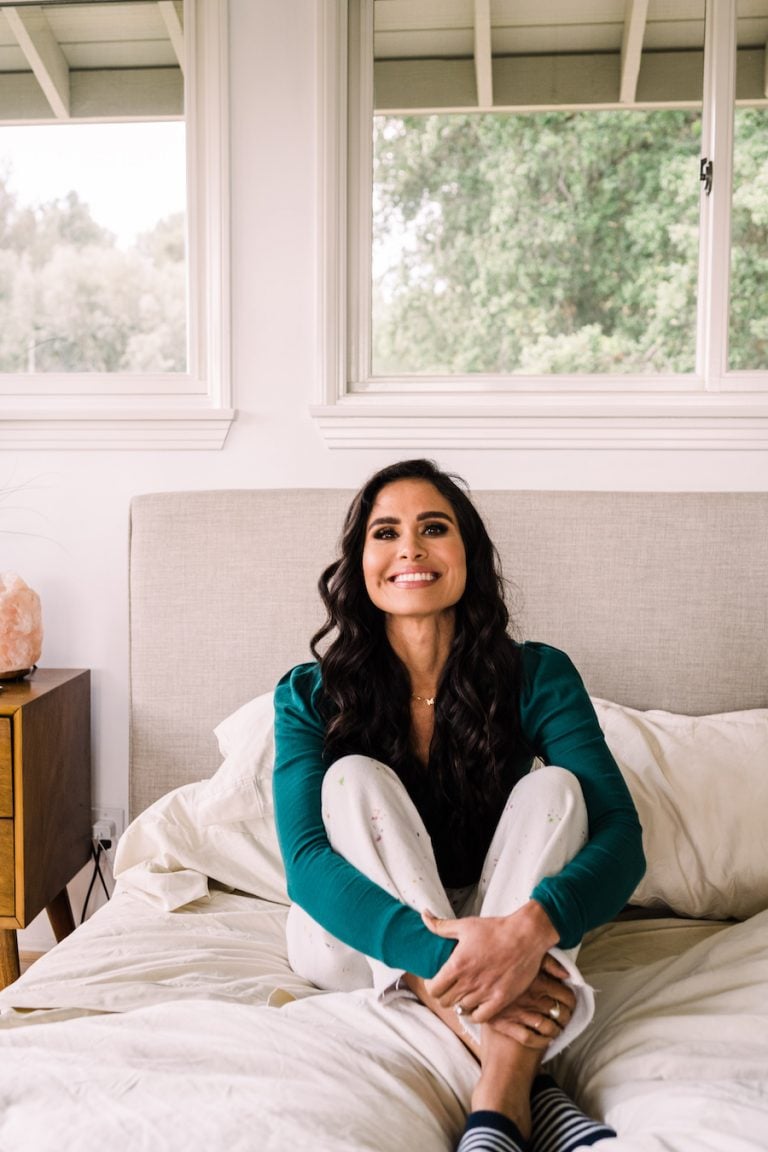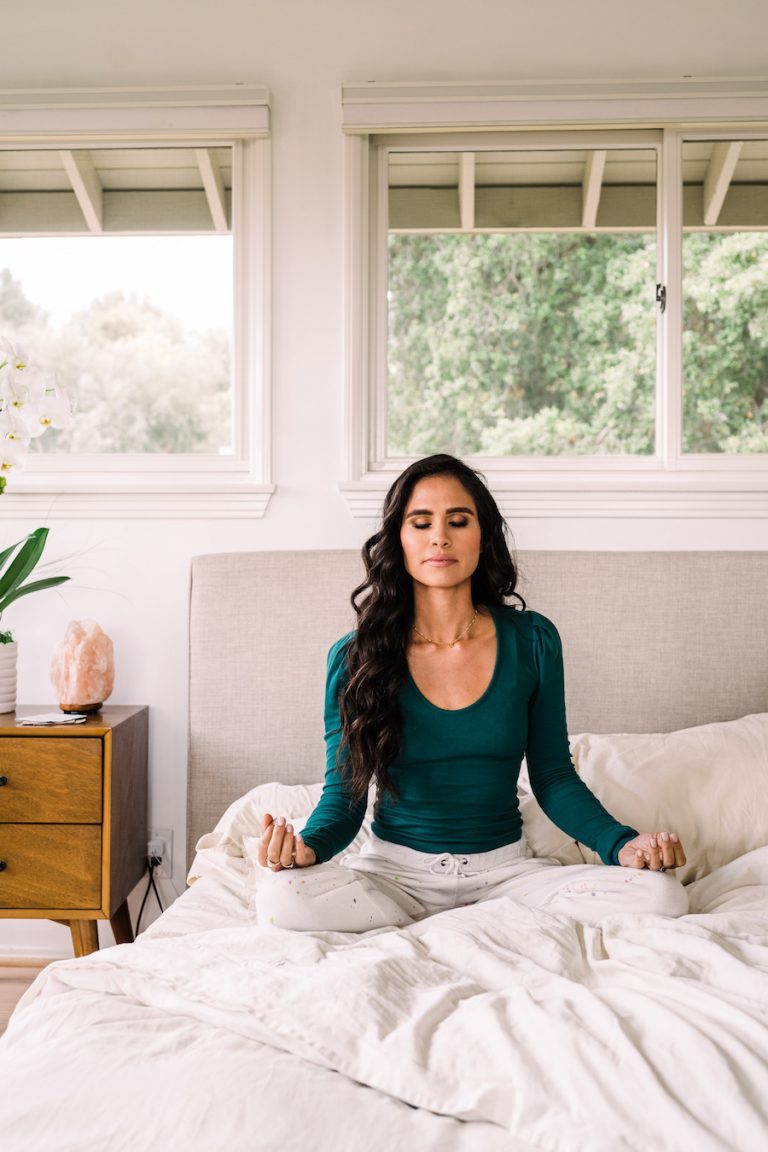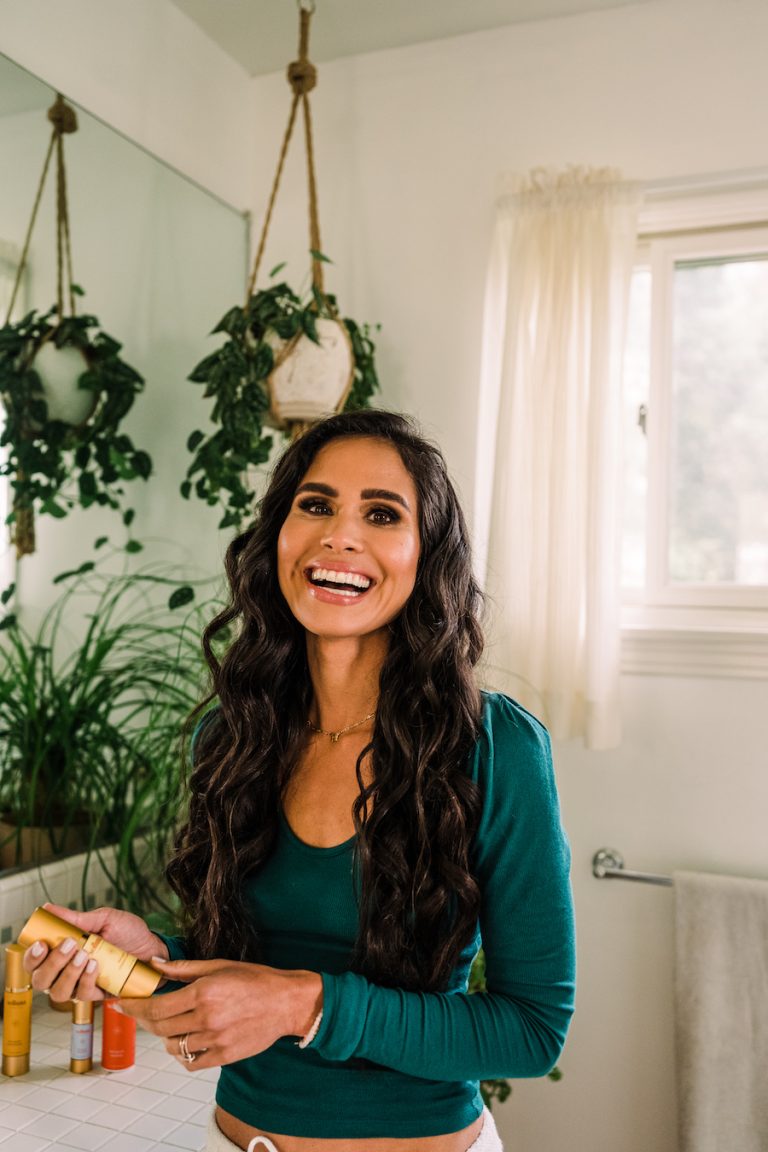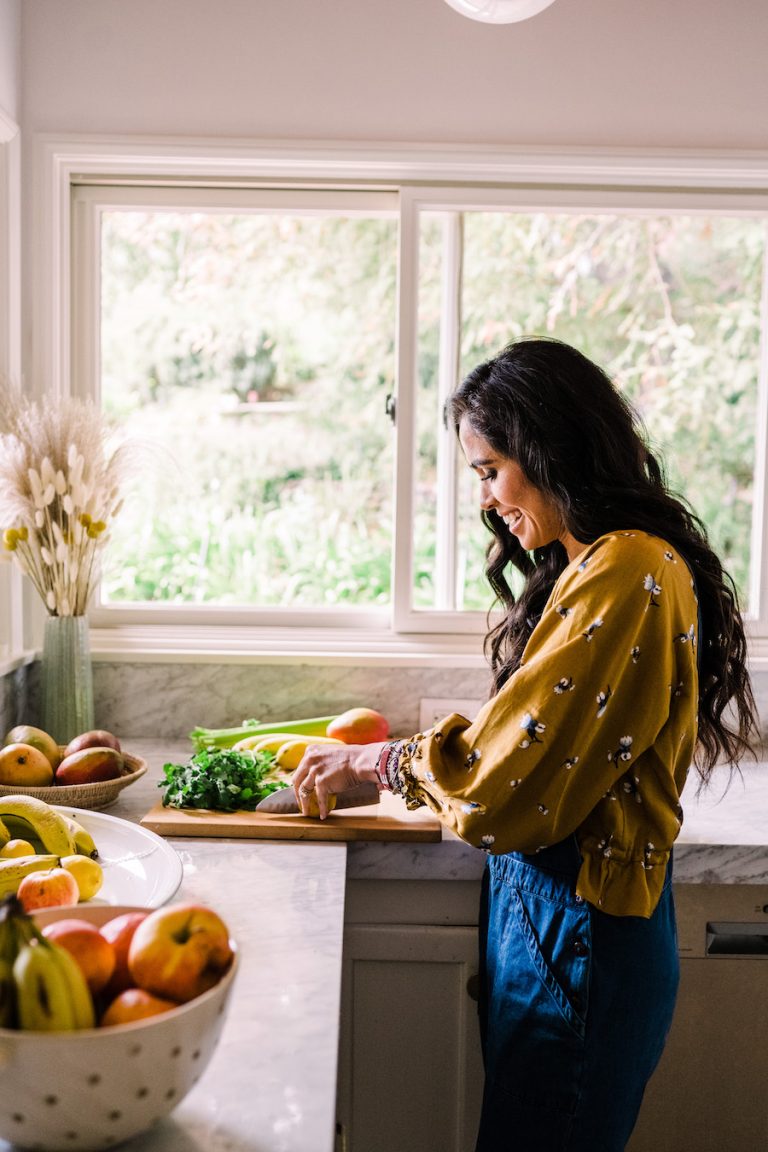By the end of this summer, the Food and Drug Administration
is (once again) expected to decide on whether or not to allow the first
“pink Viagra” pills to be marketed in the United States. This will
be the third time that the drug, flibanserin, has been brought before
the FDA since 2010, when its approval was unanimously voted against by
the agency.
Nicknames can be misleading.
Who hasn’t heard of Viagra, right?
One of the most widely known prescription drugs of all time, it was
initially developed in the early 90’s as a medication designed to treat
Angina and high blood pressure by
inhibiting the tendency of blood vessels to constrict.
Because it was found to amplify the effects of nitrate medications
commonly taken by patients suffering from those conditions, causing very
dangerous drops in blood pressure (among other things), it was deemed
inappropriate for use in this way.
The cost of development did not go to waste however, as researchers for the manufacturer found an
unexpected new use for the drug
while reviewing all of the side effects reported during the trials.
Luckily for Pfizer, it seems that not only did patients report
unpleasant things like muscle aches, dizziness and nausea, but males
reported increased instances of erection for days after the initial
dose.
Everyone knows what happened after that – doctors started
successfully prescribing it to otherwise healthy men who were
experiencing difficulty achieving or maintaining erection.
This condition is commonly known as E.D. or Erectile Dysfunction,
meaning that the guys who take the pill have a desire to engage in
sexual activity, but getting the message to their genitals has been a
problem.
To say it rose quickly (insert tasteless arousal jokes here) in
popularity is a huge understatement, as it turned into a phenomenal
moneymaker, raking in roughly
$1.6 billion annually.
So what is female Viagra?
Flibanserin, like Viagra, was also initially being developed for another purpose when the manufacturer decided that it would be
more profitable to market it as a sexual arousal drug instead. That however, is pretty much the only similarity between the two.
Unlike Viagra, which works to open blood vessels and increase the
flow of blood to the genitals, flibanserin’s target is a woman’s brain.
Because it was originally intended to be sold as an antidepressant, the
drug’s job is to alter the levels of important neurotransmitters –
raising norepinephrine and dopamine, while lowering others, like
serotonin (the one responsible for maintaining overall feelings of
well-being).
According to the manufacturer,
ADDYI™ (flibanserin) is now being studied as a non-hormonal drug for
pre-menopausal women with HSDD or Hypoactive Sexual Desire Disorder,
which is something very different from ED.
HSDD can take a number of forms, i.e.: an overall or general
lack of desire, or a lack of interest in sexual activity with a current
or longtime partner, and it can come on either suddenly or gradually
over time. It can also simply refer to a lifelong lack of interest in
sex.
Simply put, the women may wish they wanted to engage in sexual activity, but they just don’t.
Is there a need for a drug to ignite sexual desire in women?

That is a really great question, and one that has been debated a lot in recent years. Because sexual desire
in women is such an inherently intricate and complicated issue, how can
anyone say that there is a single drug that can address all aspects of
it?
Maybe even more importantly,
wouldn’t it be better to analyze the factors that might have led to a decrease in desire before asking your doctor for a pill to sweep them under the rug?
In a claim by Sprout Pharmaceuticals
on their marketing website, they assert that “a biological lack of
desire to have sex negatively impacts 1 in 10 American women.”
This phrase ‘biological lack of desire’ is bothersome to Kinsey
Institute research fellow and sexologist, Professor Ellen Laan, and NYU
School of Medicine professor of psychiatry, Leonore Tiefer. In their
recent LA Times Op Ed they write that
“No
diagnostic test has identified any biological cause – brain, hormone,
genital blood flow – for most women’s sexual problems.” Hmmm…
What are the risks?

Naturally, when news of this drug coming back in front of the FDA for
the third time surfaced, it opened up some valid areas of concern, so
if you know anyone who is considering this drug or is just curious about
it,
please share:
Concern #1: Side Effects. As with any new drug, side effects are always a primary concern. For flibanserin, known side effects include:
- Low blood pressure
- Dizziness
- Fainting
- Headaches
- Fatigue
- Anxiety
I stress the word
known
because, just as with any brand new drug, study times and patient
populations are limited, so there is really no good, long term science
to draw upon.
Even though there are only a handful of side effects in this
list, there will almost certainly be additions should it be widely
prescribed over a period of, say a decade or more.
For
example, we know now that the side effects of Viagra are far more
numerous than initially thought when the drug was first approved by the
FDA. A search of WebMD reveals well over a hundred moderate and severe
side effects including (but not limited to) abnormal liver function,
bleeding in the lungs, and complete stoppage of the heart!
While I am not suggesting that the side effects for flibanserin would
be the same, given that they are such highly dissimilar drugs, I think
it would be a mistake to take any of the ones that are already known
lightly.
Concern #2: Daily dosage. Unlike Viagra, ADDYI™ is
not merely something you would need to take an hour or so prior to
planned sexual activity. Instead, this drug has to be taken daily.
Remember, its job is to alter the body’s levels of
neurotransmitters, so it can take weeks for it to achieve the necessary
level in the system before results are even detected. Furthermore, in
order to maintain those levels, it is necessary to remain on a daily
treatment regimen.
Concern #3: Increased dependency on externalized methods of coping.
More and more, Westerners are being ‘sold’ on their own wellness and
well-being. When we take something as intricate and nuanced as a woman’s
cycle of sexuality and reduce it to a “diagnosis,” we are almost
certainly doing ourselves a gross injustice.
A host of other factors come into play, such as stress, fatigue, emotional state, self-image and confidence.
A woman’s sexuality is not a switch that can be flipped on,
rather she needs courtship, flirtation, some mystery, and freedom to
express her individuality.
Concern #4: Effectiveness.
This is, coincidentally,
the same concern that the FDA has had with this medication, and one
reason it was rejected in the past. In testing, results revealed that
women reported only .5 – 1 more satisfying sexual events monthly than
they were having prior to taking the pills.
This is hardly the type of overwhelmingly positive result you would expect from a drug you must take on a daily basis.
Shouldn’t we try asking what makes a woman feel sexy before we put her on a pill to make her sexy?
Life can be stressful, and it is easy to get bogged down in the daily
grind. It is hard to feel sexy while juggling work, bills, home, family, worries and day to day responsibilities.
What was once a shared dream can all too commonly turn into a slowly,
almost imperceptibly deepening rut, and once in it, it can be hard for
anyone to see a way out.
Add to this the normal fluctuations in our own moods, energy and
hormone levels, and a sexual lull period of “not tonights” can shift
into longer and longer stretches of asexuality before you know it.
For some it can start with just an unexplained couple of extra pounds – not that much, but too much for your prettiest outfits to fit right.
Believe it or not, something as simple as this can be a turning point for many women who will tell themselves that they will
not buy anything new until they can get back into a certain size.
Mentally punishing themselves won’t do anything to boost feelings of self-esteem or self-love, instead it creates
additional stress and merely reinforces the “I am not sexy” message, often leaving the rejected partner scratching his head.
How does a girl go about getting her groove back?
 1) Make yourself a priority!
1) Make yourself a priority! You came into this world the most perfect version of
you the universe has ever known, and you must let that message permeate every cell of your body.
Set
aside a few minutes each day for your own quiet, centering meditation.
This is the time for you to reconnect with yourself on a deeper level.
2) Take a closer look at the foods you are eating. Would it surprise you to know that some foods can actually enhance your natural sensuality?
Of course, we know that there are foods that can have a negative
effect on our mood and energy levels, like processed foods, foods high
in sugars, salt or animal fats, so it makes sense that there would be
foods and spices that naturally boost the libido as well.
Sometimes, our rushed and hectic lifestyles can really take a toll on
our eating habits, making it difficult for us to get even the necessary
daily nutrition to feel our best, and we find ourselves eating whatever
is quick, easy, or
there.
This is the perfect time to introduce the Glowing Green Smoothie® into your diet.
In one delicious drink, you get the fuel to not only lose unwanted
weight, but to rejuvenate your skin, fight aging, cleanse your digestive
system, enhance your natural beauty, and increase your energy levels!
It’s so easy, it’s so simple, and it has worked for all my clients, from Hollywood stars to busy moms and schoolteachers.
If you are someone who does everything for everybody else, it is that one special thing you can do each day
just for you.
3) Step outside of the box. Try some brand new things that will connect you with your true and
amazing potential.
This is great advice for everyone!
*Consider this thought for a moment – let it seep down into your bones:
If you were to live to be a hundred years old, you would still never know all of the things you are capable of!
Try a beginners’ dance fitness class to get back in touch with your
ability to express yourself through movement. You don’t have to know
anything about dancing, and you don’t have to be into fitness to start,
just as long as you commit to having fun and you are open to surprising
yourself!
Or maybe you are feeling a little more adventurous, and you would rather learn belly dancing, or even pole dancing?
Yoga
is another great way to get in touch with your body, not just
physically, but also mentally and spiritually, bringing you to a new
level of awareness and awakening you to the worlds of confidence and
beauty that lie within.
If your partner is willing to practice alongside you, it can be a
very powerful way to reestablish and deepen the delicate interpersonal
connection which can get lost in day to day living.
4) Therapy. Lack of interest in sexual activity can
stem from a host of different sources – from a past negative experience,
negative emotions surrounding intimacy, physical discomfort and stress
to issues like trust, or simply not feeling in sync with your partner
anymore.
Therapy with a qualified practitioner is a
chemical free
way to rediscover the vivacious, sensual part of your natural self. A
skilled, qualified therapist doesn’t change who you are or alter your
brain chemistry. He/she will simply help you get in touch with that well
of clarity, confidence, and wholeness that resides within each one of
us. There are so many different kinds, so explore one that vibes with
you.
If you, or someone you know is experiencing problems that
should be discussed with a doctor or care provider, please make an
appointment as soon as possible.
We know our own bodies best, so getting necessary medical attention
and partnering with your doctor whenever you notice dramatic changes is
an important part of responsible self-care, and should be part of your
personal commitment to yourself. At the same time, be sure to check in
with your emotional, mental and spiritual side and remember that needs
as much nourishing as well.
With Love and Gratitude,
Kimberly

































